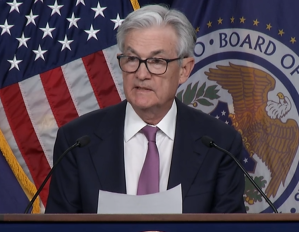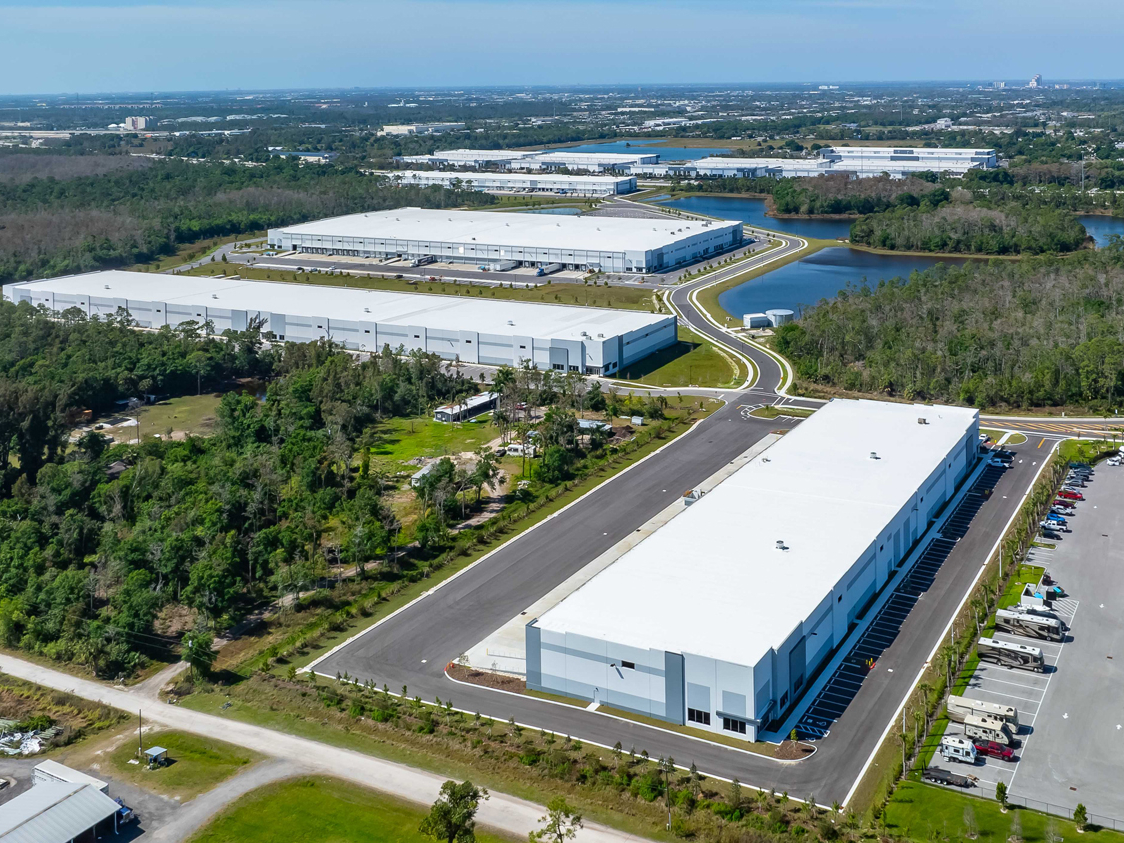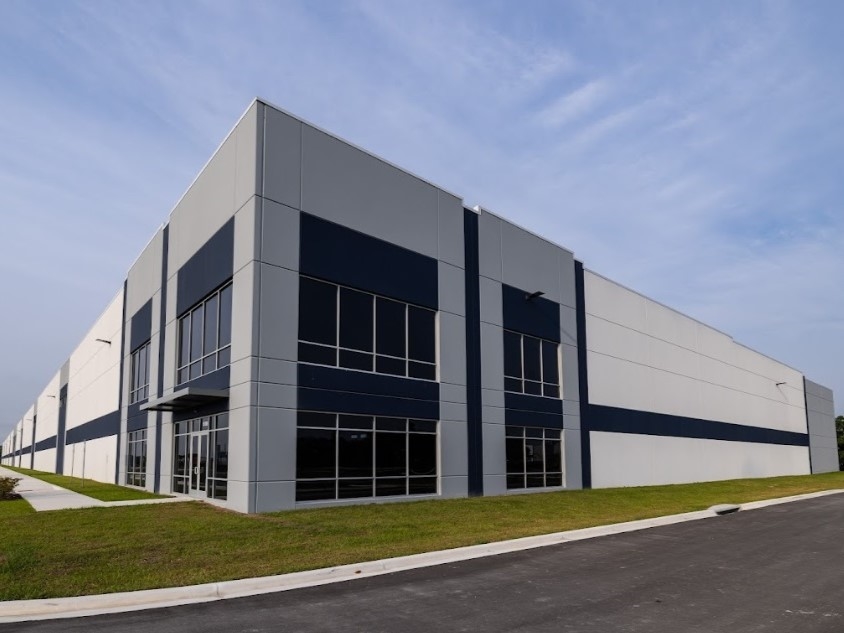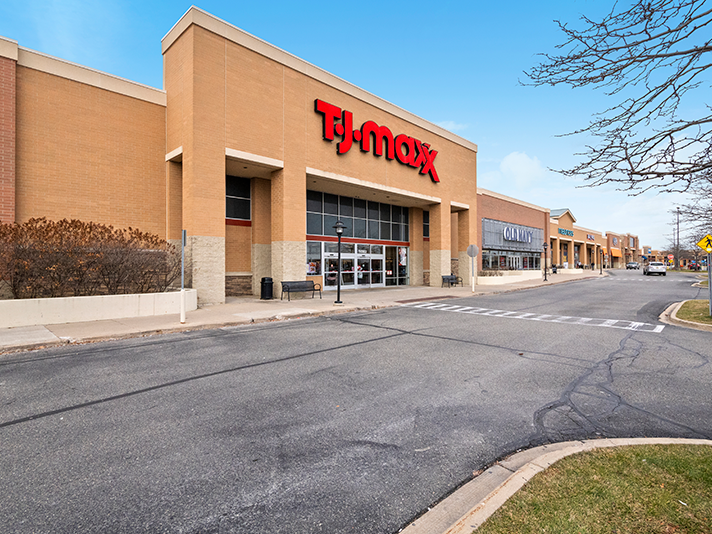Interest Rate Hike #8: The Impact on CRE
What the Fed's latest increase means for dealmaking and capital availability.

Federal Reserve Chair Jerome Powell discusses the latest rate increase at a Feb. 1 press conference.
Though the Federal Reserve’s decision Tuesday to raise interest rates is likely to keep financing and investment in a slower lane for some time, the commercial real estate market is beginning to take the higher cost of capital in stride. The Fed’s 25 basis-point increase, the eighth hike since March 2022 is part of a concerted effort to bring inflation down to two percent, and to create more predictable price stability across the economy, according to Fed Chair Jerome Powell.
At present, the rate’s range is at its highest in 16 years, but industry sources say that their short-term and long-term effects have largely been taken into account and priced into commercial real estate finance, investment and development. Still, there have been no remedies to dealmaking and development burdens, and the attitude is still one of anticipation of more stability and an eventual calming of market volatility.
Pricing predictions
Both the widespread foresight and the smaller size of the latest hike in comparison to previous increases motivates the view that it will not, in isolation, alter the availability of capital, particularly regarding investment and development. As Yardi Matrix vice president Jeff Adler noted, the impact is largely successive rather than a significant influence on current pricing issues, since the market has largely factored in the rate hike. Citing the current Treasury yield rate, Adler told CPE, “This particular increase won’t make a huge difference, with 10-year Treasury Bills currently at 3.5 percent, leading to long-term rates of [around] 5.5 percent.”
On the flip side, Adler sees inherent cost discrepancies as slowing down development and transaction volumes, despite the relative ease of access to capital. “Financing is available—the issue is the cost, and the impact on project feasibility,” he said. “Fewer projects pencil out, and this increase will have a slight negative impact on that.”
READ ALSO: Shallow Recession or Global Financial Crisis?
Mark Ritchie, principal at Gantry, concurs with Adler’s assessment of pricing adaptability, but sees capital availability, particularly for acquisitions, as contingent upon leverage. “For owners with low-leveraged property, the market has a significant number of financing solutions for pending maturities,” he said. “However, higher leveraged assets are and will continue to face headwinds in this higher rate environment. Price discovery is still an ongoing adventure,”
Direction questions

Image by AbsolutVision via Pixabay
There is a divergence in market observers’ views about where financing costs will go, as well as how they will affect buyer and lender perspectives. Ben Tapper, senior managing director of Lee & Associates NYC, predicts a small increase, in light of ongoing decreases in various pricing indexes. “Both the 5-year and 10-year Treasuries have come down approximately 70 bps since the first week in November, which has helped to lower the cost of capital in some cases,” Tapper noted. Since the market has already priced in the increases, he sees little impact on debt availability. “I believe that the ability to obtain financing will largely remain unchanged after this latest uptick,” he concluded.
Rob Gilman, co-head of the real estate group at Anchin, offers a contrasting view. “I believe (that) we are going to start seeing more significant price declines,” he predicts. “Any rate increase, even a small 25-point basis bump, will reduce buying power [and] will either trigger more equity needed to close a deal, or prices will decrease to meet the buying power available under higher interest rates.”
Gilman sees a potentially destabilizing effect on development deals, where declining asset prices could yield higher construction costs and reduced sales value for completed projects. “Depending on how bad the returns become before completion, you can end up walking away before completing a project. Lenders might be left with partially completed projects,” Gilman detailed.
Ben Kadish, president & founder of Maverick Commercial Mortgage, has observed such effects in real time, with the construction of new developments that have stagnated as a result of value uncertainty. “With interest expense now consuming a larger portion of the construction budget, new projects require more equity from sponsors and will cost more without adding additional value. If there is no return to the equity, those development deals will not move ahead,” Kadish said. Such a slowdown could potentially have serious consequences for new projects. “Until rates start coming down in 2024 or 2025, this part of the economy will grind to a halt and construction workers unfortunately will see less work,” he added.







You must be logged in to post a comment.